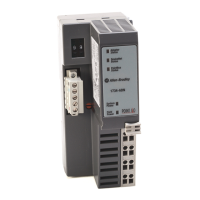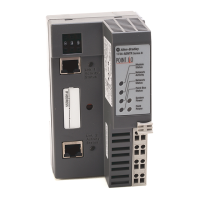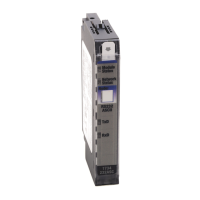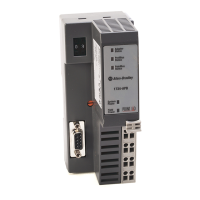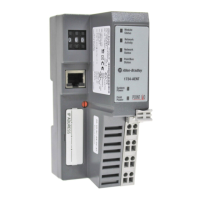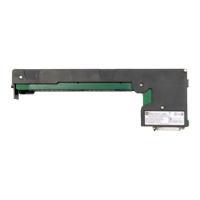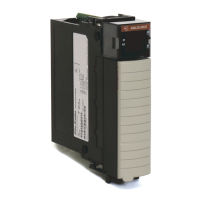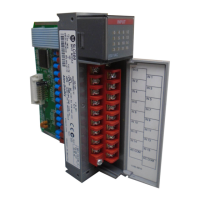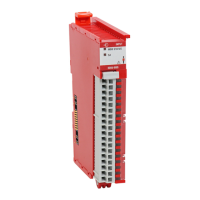Publication 1734-UM014A-EN-P - November 2010
About the Adapters 3
Empty Slots and RIUP Situations
The POINT I/O system cannot detect an empty terminal base. For this
reason, there are numerous situations in which you can potentially configure a
system that is unusable or one that exercises unintended control.
In an attempt to address these situations, you must observe the following rules
for I/O system construction and the
removal and reinsertion of modules.
• A correct I/O system does not have any empty terminal bases.
• After you cycle power, the adapter will not allow any I/O connections
until the number of modules comprising the chassis plus one for the
adapter equals the stored chassis size.
– It cannot assume any safe operation until there is a match between
the number of modules indicating their presence in the chassis and
what the adapter has saved in non-volatile memory because it cannot
detect empty terminal bases.
– Actual module identification (such as, electronic keying) is done
when connection establishment requests are received from the
controller or controllers.
• A POINT I/O module removed under power does not disrupt
operation of the other I/O modules. On the other hand,
ArmorPOINT I/O modules are not intended to be removed under
power.
– When you remove a module, the adapter detects what changed.
– Whenever you remove a module with an active connection from the
POINT I/O system, the adapter indicates this by flashing the
POINTBus Status LED red and reports a minor recoverable fault.
• If more than one contiguous module is removed under power,
connections to all modules in the contiguous missing module set are
disallowed until all modules are replaced. Because the adapter cannot
detect an empty base, it does not know the physical positioning of the
modules until all the missing modules are replaced.
• If a module separating two sets of contiguous missing modules is
removed, the two sets merge into a single set. All the modules must be
replaced before connections are permitted to any module in the set.
• If modules of different types are removed and returned to the wrong
locations, attempts to connect to these modules will fail during
verification of the electronic ID (providing that keying has not been
disabled).
• If modules of the same type are removed and returned to the wrong
locations, they accept connections from the controller or controllers and
reconfigure with the correct data once they pass their electronic keying
check.
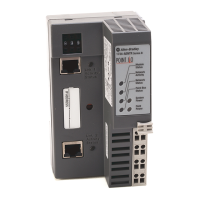
